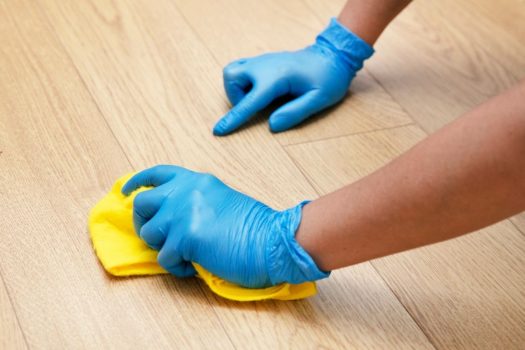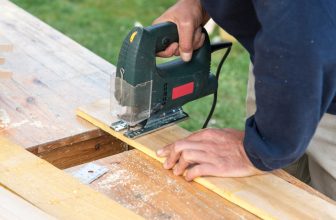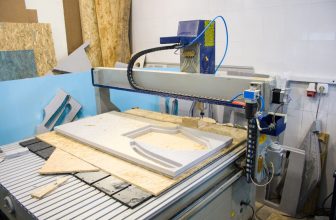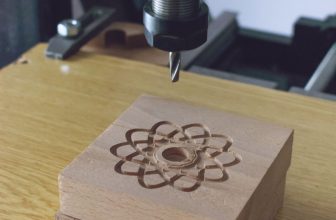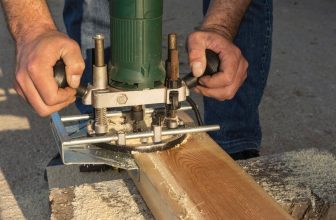Contents
Whilst finished wood is capable of being cleaned by harsh chemicals without damaging the natural beauty of the material, unfinished wood is completely different.
Whether you need to clean it before applying a finish, or you just want to know how to remove daily dirt and debris, then you are going to want to know how to wash it without damaging the timber.
The problem with untreated wood is that it has a high level of absorbency. It soaks up moisture in the air, as well as liquid that is spilt upon it, and dust particles that land on its surface.
So, if cleaning and daily habits are an issue, how do you clean it without ruining the wood altogether?
In this article we take a look at some of the more natural ways to clean unfinished wood, as well as some tried and tested methods that will keep the wood looking its best, as well as undamaged.
Daily Cleaning Of Dust
If you have unfinished wood around the house, it is usually because you want to have raw material rather than something that looks polished – and that is absolutely fine.
What you have probably found is that it can harbour a lot of debris and dust. Whilst at first glance it may not look like an issue, overtime it is likely to damage the wood, as well as look unsightly – you want a clean home, after all.
If you get into the habit of cleaning the natural wood every other day, or at least once a week, then you will not need to scrub the wood with a deeper clean, unless something is accidentally spilt onto it.
One of the simplest ways of cleaning up dust is by using a clean microfiber cloth. Gently rub it over the wood to remove the dust that has built up throughout the week.
If there are areas you cannot reach, then a vacuum will be able to remove the debris from those parts of the wood.
Grime That Is Tougher To Remove
If you have noticed that there are a few areas of grime that cannot be removed by a microfiber cloth, then you will have to use something stronger.
With a stiff brush, gently brush it along the wood bearing in mind not to damage the timber. Once the grime has been removed, do not carry on rubbing the brush along the wood.
If your wood is not in great condition, then this step will only make the layers crumble, so avoid using the brush if this is the case.
Other Brushes To Consider
Whilst the general go-to for a brush will be something used for kitchen cleaning, or perhaps even a nail brush, there are other types to consider.
A clean toothbrush will work wonders on cleaning crevices and smaller stains on wood. It also is not too tough, and should be gentle enough to remove grime off unfinished wood without damaging the surface.
A makeup brush is really soft and can be used to remove dust from nooks and crannies. Just make sure it is clean and not something you are planning to use to apply makeup!
Warm Water And Dish Soap
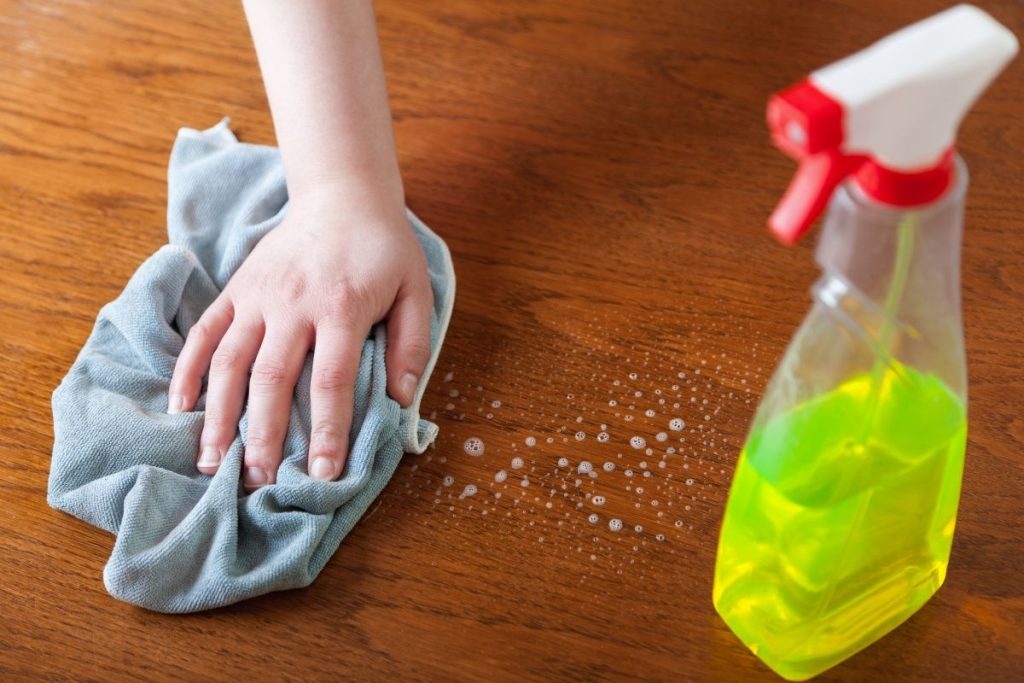
If you need that little bit extra, then you cannot go wrong with soapy water. If you find that there has been something dropped onto the surface of the wood and you need to clean it properly, then it will be best to use something that will also kill bacteria.
Fill a bowl with warm water and add a few drops of dish soap. Dip a lint free soft cloth into the water and wring it so the material is left damp, not soaking wet.
Wipe the cloth along the affected area to remove the dirt. Using another cloth, dip it into clean, non-soapy water and wring it out. Wipe it along the same area, and then using a dry cloth, again lint free, to dry the damp area.
The key is to keep the wood as dry as possible to avoid any damage. If you think the cloth is not wet enough, it very likely is – so do not become tempted to re-wet the cloth!
White Vinegar To Remove Fingerprints
A kitchen staple, white vinegar is a natural way to clean a number of items. It is also safe enough to use on unfinished wood, though never apply it straight.
It can be used to remove general grime, but also fingerprints and is a natural way to kill bacteria if you do not want to use dish soap.
To prepare, add a tablespoon of white vinegar to a spray bottle which contains a couple of ounces of water already. Gently shake to mix the ingredients together.
There are two ways you can apply the mixture. One of these ways is by spritizing it directly onto the wood and then wiping it away with a damp lint free cloth. To avoid it staying wet, always wipe with a dry clean cloth afterwards to soak up any extra moisture that may have been left behind.
The other way is to spray the mixture onto a cloth and then apply it. You then follow the same steps of using a damp cloth to remove the vinegar, and then a dry cloth to remove any wet off the surface.
Sticky Residue
You may find that something like gum has found its way onto the wood. Whilst it might seem tricky to remove, it actually is not.
If the gum is fresh, apply some ice cubes into a zippered bag and place it on top of the gum to allow it to harden fast. Once it has done so, use a spatula (nothing sharp) to chip at the gum, bit-by-bit.
Soon it will come away and you will never even know that gum had been sitting on top of the wood.
How to Avoid Damaging Unfinished Wood
When it comes to unfinished wood, you are going to need to know how to look after it to avoid damaging it completely. Unlike finished wood, if left untreated, you will need to take extra care when cleaning it, and during daily activities.
Wet
When you clean the wood, always make sure to avoid getting it wet. This also applies to any liquid that may be accidentally dropped onto the wood.
Unfinished wood is also not suitable for outdoor use and anywhere near doors and windows. The weather elements may affect the wood and cause it to rot and become unusable, no matter how much you try and clean it.
Gentle
Always be gentle, no matter what you are cleaning the wood with. It can be a soft cloth or a hard bristled brush – no matter what, use really light strokes to avoid damaging the surface.
This also applies to using the vacuum, as the head can cause damage to the wood. If you have a head which has a brush attachment, always choose that one over something hard and plastic.
Testing
If you are planning to try out a new cleaning method, always test how it reacts on the wood first in a small area that is hidden away. This way, if it reacts badly and you can see it on the wood, it can be hidden away from view.
Final Words
Whilst the characteristics of finished wood is different to that of unfinished wood, they both still need TLC, however, untreated wood needs it to be gentler.
Whether you are planning to clean wood before an upcycle project, or you have unfinished wood as decoration around the house, you will need to know how to take care of it properly.
So long as you do not use harsh chemicals, are gentle and keep it clean, then the unfinished wood should last just as long as finished wood.

